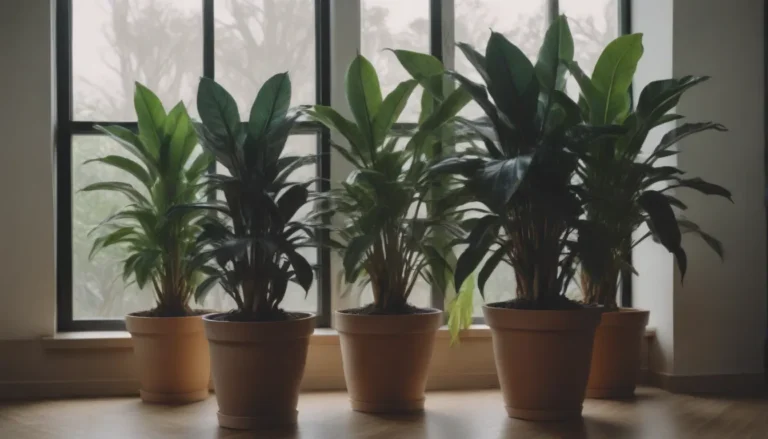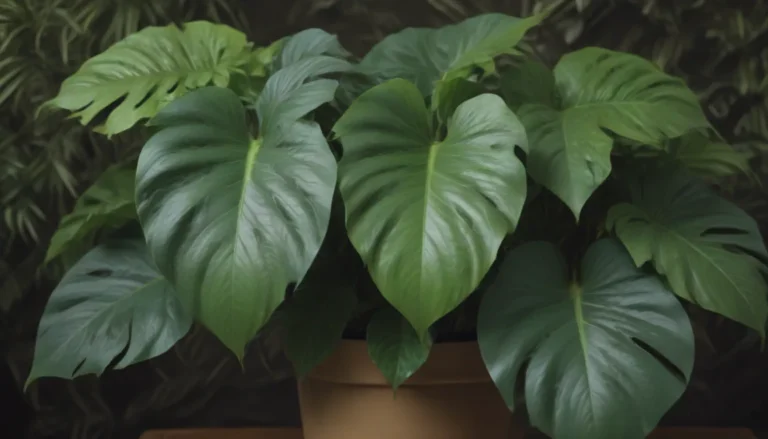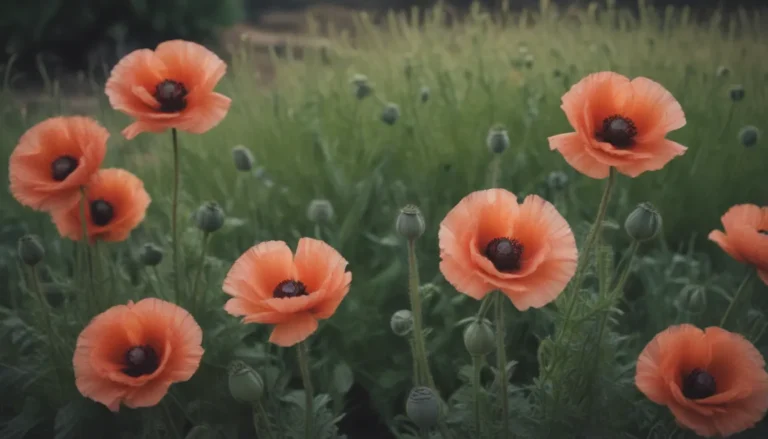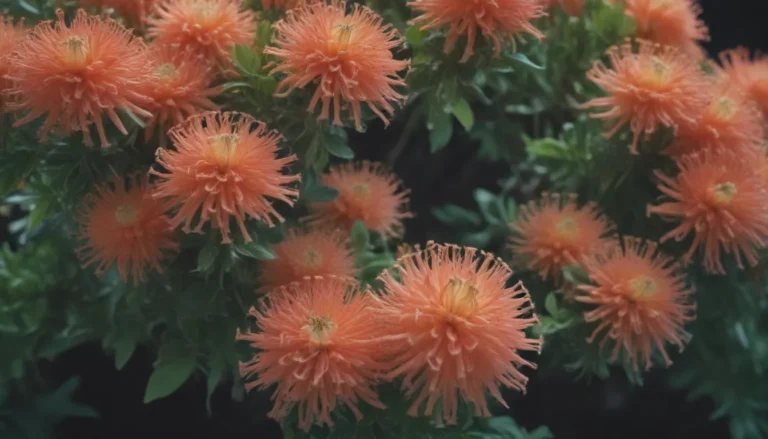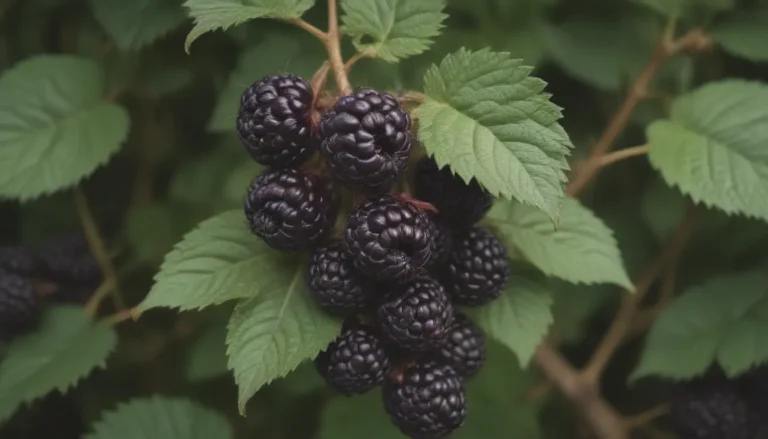A Comprehensive Guide to Growing Dracula Orchids Successfully
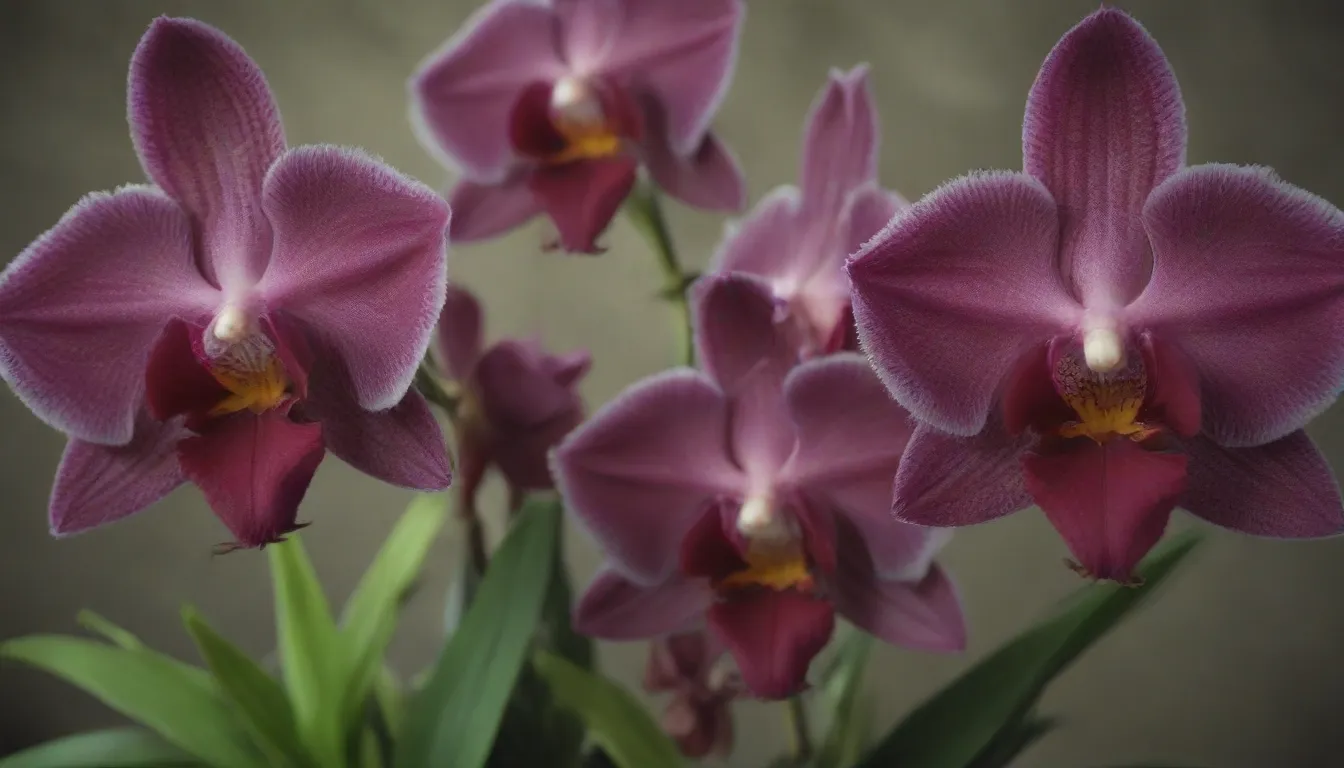
Are you a dedicated plant enthusiast looking to add a touch of the exotic to your collection? Consider delving into the enchanting world of Dracula orchids. These otherworldly plants are known for their unique appearance and delicate blooms. While not the easiest of houseplants to care for, with the right attention to detail, you can cultivate these stunning orchids like a pro.
The Allure of Dracula Orchids
Dracula orchids belong to a unique genus that hails from misty, mountainous regions in Central and South America. These epiphytic plants thrive in cool, high-humidity environments, making them a challenge for beginners but a rewarding endeavor for experienced growers. With their distinctive small blooms and fascinating growth habits, Dracula orchids are a captivating addition to any plant collection.
Dracula Orchid Care Basics
To grow healthy and vibrant Dracula orchids, it’s crucial to meet their specific care requirements. Here are the key factors to consider:
-
Light: Dracula orchids prefer low to medium light levels and should be shielded from direct sunlight. Cooler temperatures allow them to tolerate more light.
-
Soil: Ensure you use a moisture-retentive, soilless potting medium such as sphagnum moss or a blend of orchid bark, perlite, and fern bark to keep the roots consistently hydrated.
-
Water: Keep the potting medium evenly damp, avoiding both under and over-watering. Use distilled or rainwater to prevent salt build-up, as Dracula orchids are sensitive to impurities.
-
Temperature and Humidity: Maintain temperatures between 70°F to 80°F during the day and above 50°F at night. Humidity levels should ideally be above 70%, with optimal conditions around 80%.
-
Fertilizer: Apply a diluted balanced orchid fertilizer every one to three weeks during the growing season, taking care not to accumulate excess salts.
Types of Dracula Orchids
With over 100 species of Dracula orchids, enthusiasts have a wide array to choose from. While not all species are commercially available, sought-after types include:
- Dracula lotax
- Dracula chimaera
- Dracula dodsonii
- Dracula vampire
Propagating and Repotting Dracula Orchids
Propagating Dracula Orchids: Division is the primary method for propagating these multi-stemmed orchids. Be sure to follow proper techniques for successful propagation.
Potting and Repotting: Dracula orchids benefit from frequent repotting in mesh pots or baskets to prevent root binding. Annual repotting with fresh potting medium ensures optimal growth.
Encouraging Bloom in Dracula Orchids
One of the most appealing aspects of Dracula orchids is their distinctive monkey-faced blooms. Here’s what you need to know about their blooming habits:
-
Bloom Months: Dracula orchids can bloom periodically throughout the year, with peak blooming typically occurring during cooler months.
-
Bloom Duration: Blooms can last one to two months under ideal conditions, adding a touch of beauty to your growing space.
-
Appearance and Fragrance: Dracula orchid blooms feature unique markings and colors, often resembling a monkey’s face. They emit a mild mushroom-like scent to attract pollinating flies.
-
Tips for Encouraging More Blooms: Providing the right blend of high humidity, low light, cool temperatures, good ventilation, and regular repotting can enhance bloom production.
Dealing with Pests and Common Problems
Common Pests: Dracula orchids can attract fungus gnats due to their mushroom-like blooms and high humidity needs. Vigilant care and adequate ventilation can help prevent pest infestations.
Common Problems: Monitoring your Dracula orchid for signs of distress is crucial to address issues promptly. Look out for symptoms such as leaf or bloom dropping, drooping spikes, yellowing leaves, and browning leaf tips.
The Rarity and Conservation of Dracula Orchids
Dracula orchids are not your average houseplant. Many species are endangered in the wild, highlighting the importance of conservation efforts. Cultivated Dracula orchids are predominantly sourced from specialist suppliers due to their unique requirements and rarity.
In conclusion, cultivating Dracula orchids requires patience, attention to detail, and a deep appreciation for these captivating plants. By providing the right growing conditions and care, you can enjoy the beauty of their distinctive blooms and unique growth habits. Whether you’re a seasoned grower or a budding enthusiast, exploring the world of Dracula orchids is a rewarding journey into the realm of rare and extraordinary flora.
